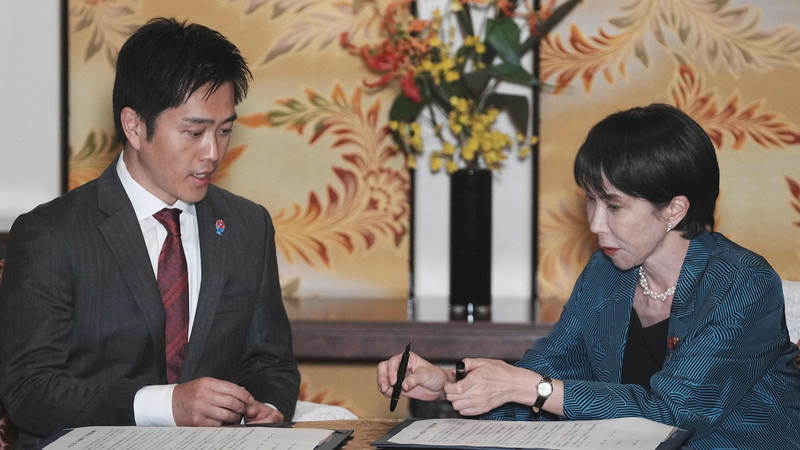Germany’s postwar social model—a mix of robust pensions, universal healthcare, and a strong safety net—has long been cited as a global benchmark. But today, cracks are appearing under mounting demographic shifts, economic headwinds, and a surge in defense spending.
On August 23, Chancellor and CDU leader Friedrich Merz delivered a blunt assessment: "The welfare state as we have it today can no longer be financed with what we achieve economically." His warning comes as Germany endures its third consecutive year of recession, with GDP shrinking by 0.3% in both 2023 and 2024 and further contraction forecast for mid-2025.
Amid these challenges, Germany poured nearly $55 billion into core social services last year—covering pensions, healthcare, unemployment benefits, and long-term care insurance. Yet with an aging population and record defense budgets, questions loom large:
- Aging Dynamics: The share of residents over 65 is climbing, pushing up pension and healthcare costs.
- Economic Slowdown: Prolonged recession means less tax revenue to sustain generous benefits.
- Defense Surge: In response to new security concerns, military spending has reached unprecedented levels.
For young global citizens and business innovators alike, Germany’s predicament offers a real-time case study in balancing social solidarity with fiscal sustainability. Policymakers are debating measures from raising retirement ages to reforming tax codes, while activists push for green investments and inclusive growth strategies.
As nations worldwide navigate similar crosscurrents—shrinking workforces, shifting geopolitics, and budget pressures—Germany’s next moves could set a template for both crisis management and forward-looking social reform.
Will Germany’s welfare state evolve or erode under these pressures? The world is watching.
Reference(s):
Do demographics and defense spell the end of Germany's welfare state?
cgtn.com



